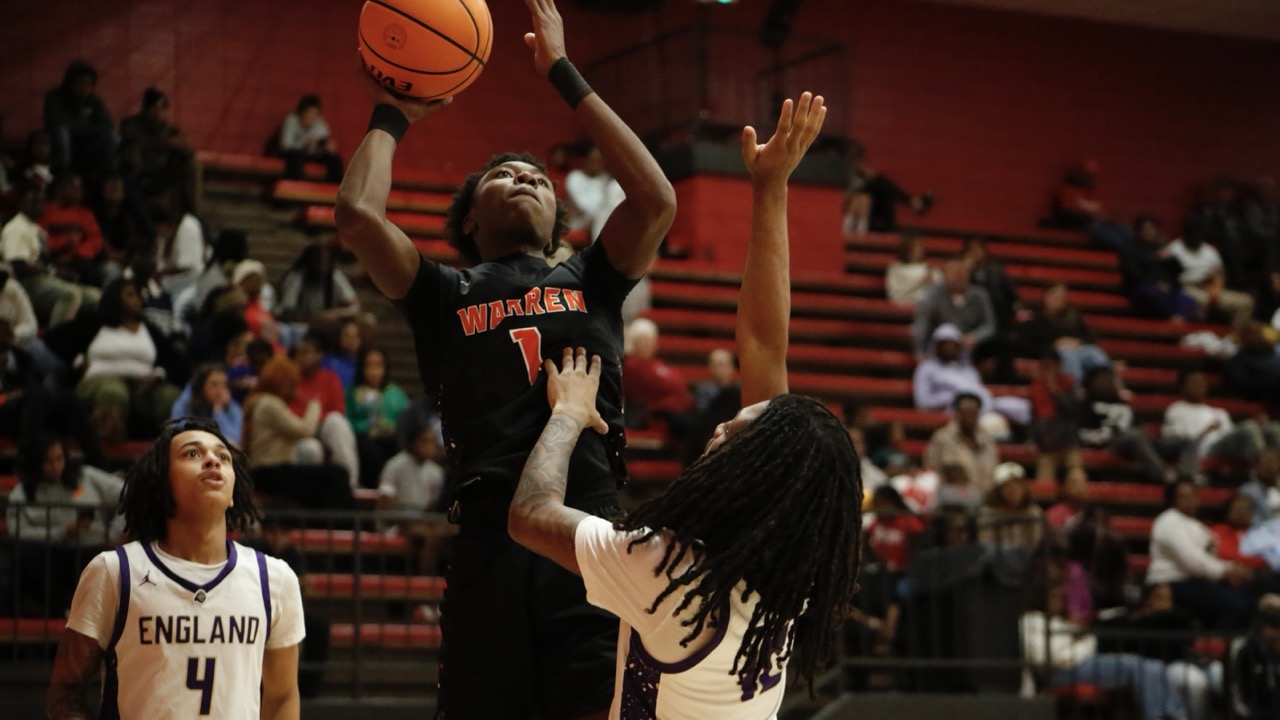LITTLE ROCK — Citizen scientists across Arkansas can help the Arkansas Game and Fish Commission keep tabs on this year’s eastern wild turkey and northern bobwhite hatch by reporting any birds of these two species they see during their summer travels.
According to David Moscicki, Turkey Program coordinator for the AGFC, biologists can combine data collected from the public with traditional survey methods to get a more complete picture of the abundance of birds in an area and the relative success of their reproductive efforts this spring.
Anyone interested in recording observations is encouraged to visit www.agfc.com/turkeysurveys orwww.agfc.com/quailsurveys to begin participating. Sightings can be recorded through an online browser, or may be entered through the Survey123 app, which will record data whether or not you have a cell signal and report it when you are back in range.
“These surveys have been going for more than 30 years using wildlife biologists and other professional staff, but the AGFC opened up participation to the general public about 5 years ago,” Moscicki said. “The reports run year-round, but the most critical period to get data is June 1-Aug. 31. That’s when you can observe turkey hens with poults and quail hens with chicks.”
Brood data for quail and turkey have shown increases during the last 5 years, topping the last 20-year average. The increase likely is the result of cooperative dry weather during nesting periods and targeted habitat work statewide.
Turkeys and northern bobwhites have relatively short lifespans, so annual reproduction is extremely important to the total population and the quality of hunting. Data collected during the last three decades has shown turkey hunting success is closely linked to annual poult production and survival. Similar studies in bobwhite ecology show a similar correlation between reproduction and future hunting success.
Moscicki explains that exact numbers of birds in the state would be nearly impossible to determine, but the surveys give biologists valuable information on trends in populations, and the AGFC can use this information to determine effectiveness of habitat management efforts as well as focus future efforts where populations see steady declines.
“Turkey reproduction, as well as quail reproduction are heavily influenced by weather and some factors outside of the AGFC’s control, but we can definitely hedge our bets even in bad years by supplying the birds with the right habitat,” Moscicki said. “When the right habitat is available and those other factors come together, populations can see recovery relatively quickly.”
Clint Johnson, AGFC Quail Program coordinator, said another benefit of public participation in the annual turkey and quail survey is to identify new areas where populations may be rebounding that the AGFC can use to bolster populations on a landscape level.
“Relocating birds to new areas has shown marginal success, especially when areas are still being hunted,” Johnson said. “We’ve seen much more success by creating better habitat near known populations of quail and turkeys and allowing those populations to expand. If we’re able to locate previously unknown clusters of birds, we can focus our efforts to connect them with other nearby populations through habitat management.”
Visit www.agfc.com/turkey and www.agfc.com/quail for more information on these two ground-nesting game birds in The Natural State.




